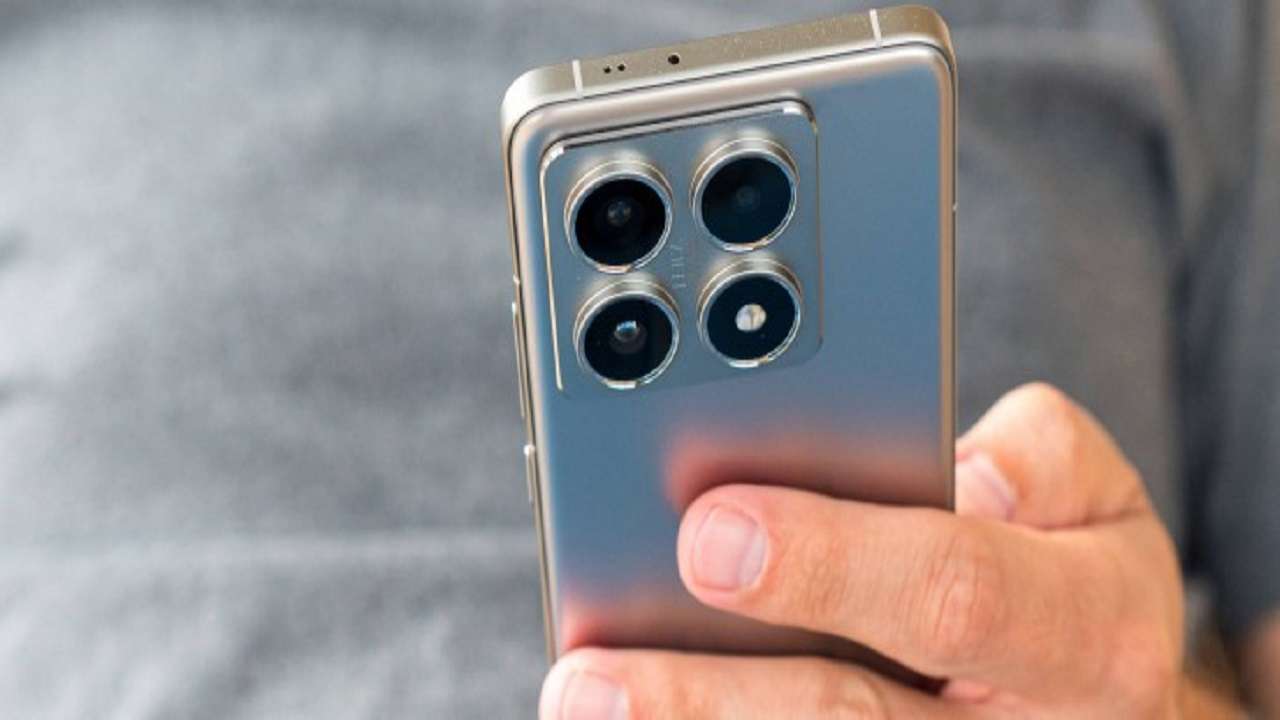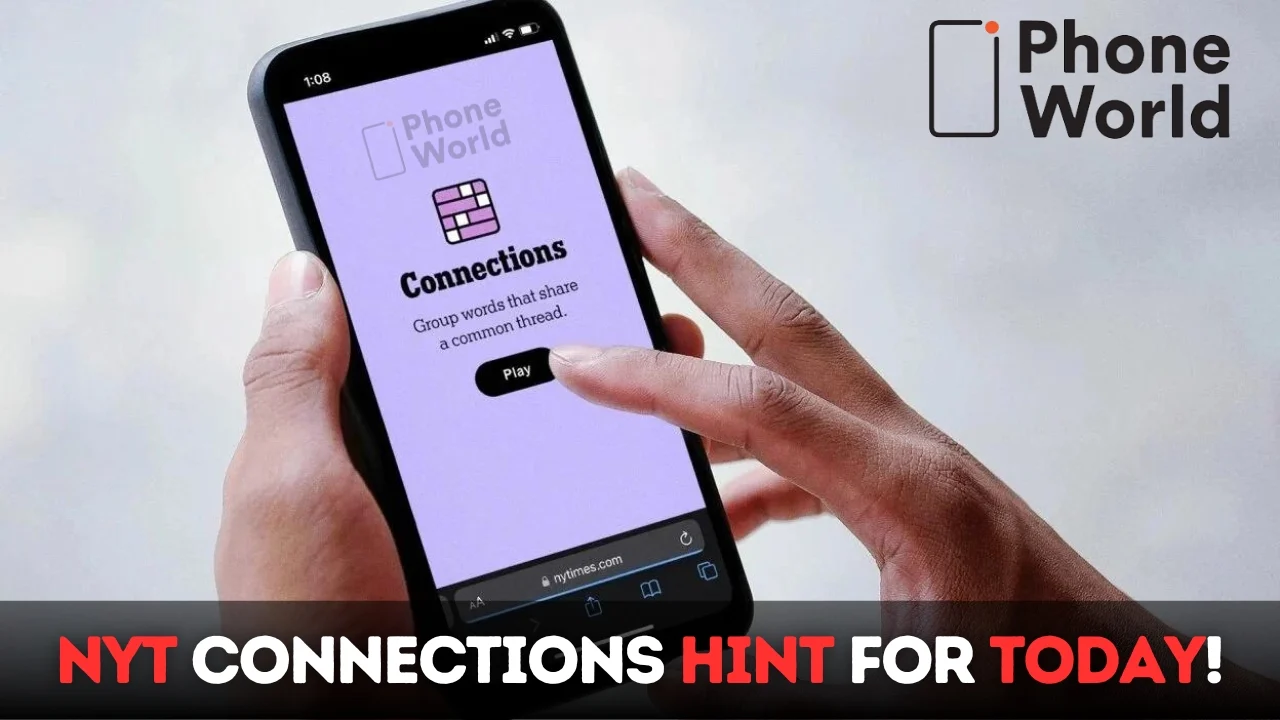In the rapidly evolving world of smartphones, the competition is fierce. One term that has emerged and captured the attention of tech enthusiasts and consumers alike is “Flagship Killers”. These devices are designed to offer high-end features typically associated with premium smartphones, but at a significantly lower price point. As the market becomes saturated with options, the question arises: Are flagship killers true alternatives to the premium smartphones we’ve come to know and love?
This article delves into the world of flagship killers, comparing them to traditional premium smartphones in terms of performance, design, features, and overall value. We’ll explore whether these budget-friendly devices are capable of competing with premium models like the iPhone 16 Pro Max or Samsung Galaxy S24 Ultra.
What Are Flagship Killers?
Flagship killers are smartphones that aim to provide top-tier performance and features at a lower price point compared to flagship models. Initially popularized by OnePlus with their strategy of offering high-spec smartphones without the inflated prices of traditional premium brands, flagship killers often come with features like powerful processors, high-resolution displays, and excellent cameras. However, these devices often make strategic compromises to keep costs down.
Key Features of Flagship Killers
Flagship killers generally come equipped with:
- Powerful Processors: These devices usually feature high-performance chipsets that can handle demanding tasks, from gaming to multitasking.
- High Refresh Rate Displays: A smooth viewing experience is often provided by displays with refresh rates ranging from 90Hz to 144Hz, offering better visuals for gaming and media consumption.
- Large RAM and Storage: Many flagship killers boast up to 16GB of RAM, ensuring smooth performance even with multiple apps running simultaneously.
- Affordable Pricing: While premium smartphones can cost upwards of $1000, flagship killers can often be found in the $300 to $600 range.
However, as we’ll see, they often compromise on areas such as camera quality, build materials, and software support to keep costs low.
The Rise of Flagship Killers in 2024
Xiaomi Redmi 14T
The Xiaomi Redmi 14T is one of the standout flagship killers of 2024. With a 6.67-inch AMOLED display featuring a 144Hz refresh rate and Dolby Vision support, it offers a premium viewing experience. The device is powered by the MediaTek Dimensity 8300 Ultra chipset, with up to 16GB RAM and 512GB of storage, ensuring top-tier performance in both gaming and multitasking. The 50MP triple-camera setup and 4K video recording capabilities also bring flagship-level photography features to a more affordable device.
Price: $540
Antutu Score: 1,642,770
OnePlus Ace 3V
The OnePlus Ace 3V is another example of a flagship killer that doesn’t break the bank. It features the Snapdragon 7+ Gen 3 processor, 12GB RAM, and 512GB storage. The 6.78-inch WQHD+ display with high resolution ensures vibrant visuals, while the device also supports 5G connectivity for faster data speeds. With solid performance and competitive pricing, the OnePlus Ace 3V positions itself as a formidable challenger to premium smartphones.
Price: $300
Antutu Score: 1,423,762
Realme GT Neo 6 SE
The Realme GT Neo 6 SE is another impressive device that delivers flagship-level performance. It is powered by the Snapdragon 7+ Gen 3 chipset and offers 12GB of RAM and 256GB of storage. The 6.78-inch WQHD+ display with a 120Hz refresh rate ensures smooth visuals for gaming and media consumption. With 5G support and a large 5500mAh battery, the GT Neo 6 SE offers a good balance of power and efficiency.
Price: $290
Antutu Score: 1,363,933
Comparing Flagship Killers to Premium Smartphones
While flagship killers have undoubtedly made a mark in the smartphone market, it’s important to evaluate how they compare to traditional premium smartphones. Premium devices such as the iPhone 16 Pro Max and Samsung Galaxy S24 Ultra are renowned for their high-quality build, innovative features, and industry-leading performance. Let’s take a closer look at some of the key areas where flagship killers fall short in comparison to premium models.
Performance
In terms of raw performance, flagship killers often come equipped with high-end processors like the Snapdragon 7+ Gen 3 or MediaTek Dimensity 8300 Ultra, which offer excellent performance for gaming, multitasking, and everyday tasks. These devices can often compete with premium models in terms of speed and responsiveness.
However, flagship smartphones feature more advanced processors, such as the Apple A17 Bionic or the Snapdragon 8 Gen 3 (in high-end Android devices). These chips are not only more powerful but also more efficient, providing better battery life and supporting more advanced technologies like AI-based enhancements and photography optimizations.
Display Quality
Flagship killers generally provide high refresh rate displays with AMOLED or LCD technology. Many offer 120Hz or 144Hz refresh rates, ensuring smooth visuals for gaming and content consumption. However, premium smartphones typically have better color accuracy, brightness, and HDR support. Devices like the iPhone 16 Pro Max and Samsung Galaxy S24 Ultra also boast dynamic refresh rates, which adapt to content and optimize power usage.
While flagship killers can hold their own in this department, premium smartphones offer more advanced display technologies like OLED panels with higher peak brightness levels and Dolby Vision support, making them superior for media consumption.
Camera Quality
One of the most significant differences between flagship killers and premium smartphones lies in their camera systems. Flagship killers like the Xiaomi Redmi 14T offer impressive camera setups with multiple lenses, including 50MP wide lenses and telephoto sensors. These devices can capture high-quality images, but they often fall short in areas like low-light performance, advanced zoom capabilities, and AI-powered enhancements.
Premium devices, on the other hand, come equipped with high-end camera technology such as periscope zoom lenses, variable aperture cameras, and advanced night mode and portrait modes. These cameras excel in various conditions, including low-light and high-contrast scenes, offering a significant edge over flagship killers.
Build Quality and Durability
Flagship killers often use plastic for their body construction, which helps reduce costs but compromises on durability and aesthetics. Premium smartphones, by contrast, feature premium materials such as metal, ceramic, and Gorilla Glass, offering enhanced durability and a more luxurious feel. Flagship models also tend to have water and dust resistance ratings such as IP68, ensuring that they are more rugged in challenging environments.
Software Support
Another area where flagship killers tend to lag behind premium smartphones is in software support. Premium devices like the iPhone 16 Pro Max and Samsung Galaxy S24 Ultra receive long-term software updates and security patches, sometimes for five years or more. This ensures that the devices remain relevant and secure over time.
Flagship killers, however, may receive fewer software updates, which can limit their longevity. OnePlus and Xiaomi, for example, tend to offer 2-3 years of software support, which is considerably shorter than the support seen with premium devices.
Is a Flagship Killer a True Alternative to Premium Smartphones?
The Pros of Flagship Killers
- Affordability: Flagship killers offer flagship-level features at a fraction of the price of premium models, making them an attractive option for budget-conscious consumers.
- Strong Performance: These devices are powered by high-performance chipsets, ensuring smooth operation for most tasks, including gaming, multitasking, and media consumption.
- Great Display and Camera: With AMOLED screens and capable camera setups, flagship killers deliver impressive visual experiences and decent photography, especially at their price points.
The Cons of Flagship Killers
- Compromised Build Quality: Flagship killers often use plastic materials, which can feel less premium and affect overall durability.
- Shorter Software Support: Compared to premium smartphones, flagship killers may receive fewer updates, affecting their long-term value.
- Camera Limitations: While the cameras on flagship killers are good, they can’t quite match the quality and versatility of premium smartphone cameras.
Our Verdict
Flagship killers present a compelling option for consumers who prioritize performance and value over premium features. While they offer impressive specifications and capabilities, they still fall short in areas like camera quality, build materials, and long-term software support, which are typically associated with premium smartphones.
Ultimately, the decision between a flagship killer and a premium smartphone depends on your personal preferences and budget. If you can live with the trade-offs and are looking for a powerful device at a lower price, a flagship killer could be an excellent choice. However, if you desire the very best in camera quality, build, and software support, a premium smartphone remains the better option.
FAQs
1. What are flagship killers?
Flagship killers are smartphones that offer high-end features and performance at a significantly lower price than premium smartphones.
2. Can flagship killers match the performance of premium smartphones?
Flagship killers often come with powerful processors and ample RAM, making them capable of competing with premium smartphones in terms of performance.
3. Do flagship killers have better cameras than premium phones?
While flagship killers have decent cameras, premium smartphones generally offer superior imaging capabilities, including better low-light performance and advanced zoom features.
4. Are flagship killers worth buying?
Flagship killers are a great choice for those looking for high performance at a budget-friendly price, but they come with trade-offs like shorter software support and less premium materials.
5. How long do flagship killers receive software updates?
Flagship killers generally receive 2-3 years of software updates, while premium phones can get updates for 5 years or more.
SEE ALSO
https://flarenews.pk/2024/12/27/do-smartphone-sensors-make-a-difference/



